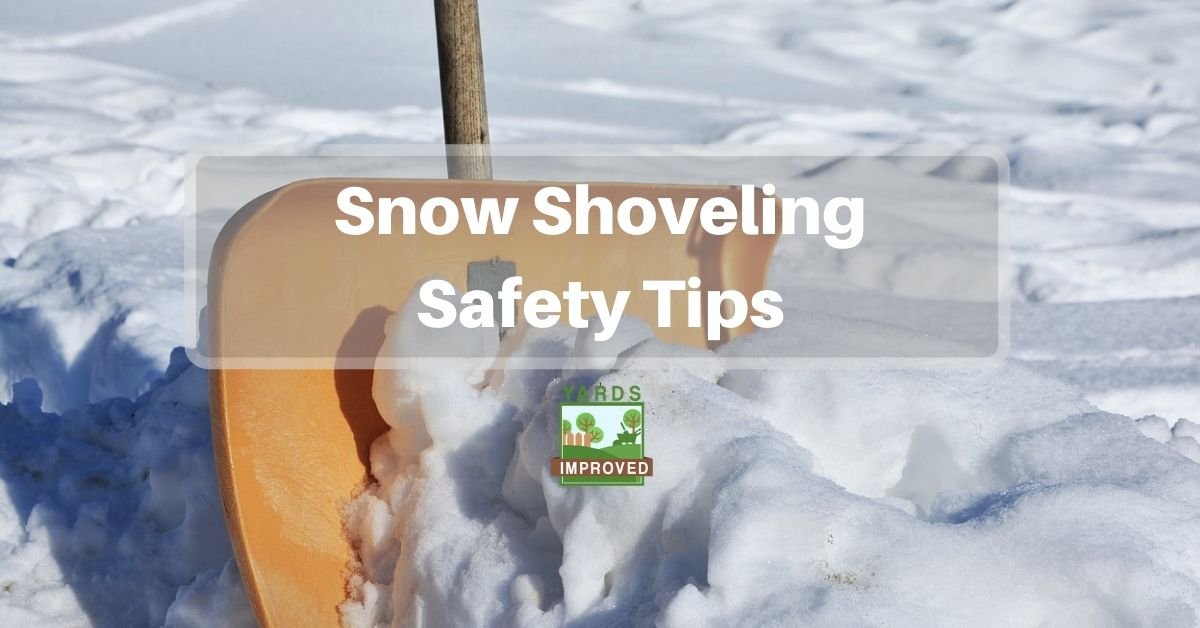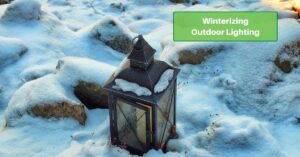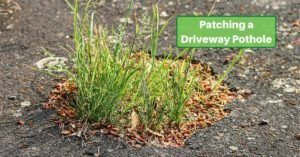Snow is beautiful. At least for a little while, that is. The gentle coating brings a great sense of peace. But that’s quickly followed by the need to clean it up. The porch, steps, driveway, and sidewalk need to be shoveled. That can be a lot of work. It can also be painful or even dangerous work, so it’s important to take the proper steps to protect yourself.
Every year, people are injured enough while shoveling snow that they visit the doctor or even the emergency room. A 2009 study showed that 11,500 people a year end up in the emergency room. Over 110,000 more see their physicians for pain or injuries related to removing snow. Worst of all, there are around 100 deaths per year from heart attacks while shoveling snow.
These statistics don’t include all the general soreness and muscle strain that people work through without medical care. Dehydration can also be a result of the hard work required.
It’s key to take steps to minimize risk. Nothing can eliminate everything that could go wrong, but following some basic “smart practices” can help keep you safer when it’s time to bundle up and grab the shovel.
Tips For Minimizing Risk
Check With Your Doctor
If you have heart problems or other risk factors, consult with your doctor about shoveling snow. If you’re over 55, you should do the same. Snow shoveling is stressful on the heart. The white stuff may look soft and fluffy, but it’s heavy. And it’s much cheaper to higher someone to do the job than to pay the hospital bill after a cardiac incident.
Don’t Smoke Or Eat Right Before Shoveling
We’ve all heard the old wives’ tale about the risks of eating before swimming – which has been debunked. However, eating heavily and then exerting yourself by shoveling snow can increase risks. The same is true of smoking.
A heavy meal or the restriction of blood vessels that comes with smoking can lead to higher stress on your system. They can increase the danger of labored breathing and heart problems.
So if you need a smoke break, rest afterward before starting the work. Eat lightly if you need to eat something, too.
Dress Appropriately
You’re going to be working hard and your body will start to warm up, so heavy clothing might become too hot. On the other hand, you start cold and need to be covered appropriately. You also want to be sure to cover exposed skin to protect against frostbite.
The best solution is to wear clothing in layers. This will keep you warmer than a single garment. It also lets you remove an outer layer if you’re too restricted or too hot.
Be sure that proper footwear is included, too. Waterproof boots will help you stay comfortable as well as ward off frostbite. Also, make sure that you’ll have a solid grip on the ground to avoid slipping.
Speaking of dressing, how about dressing up a snowman, too?
Stretch!
As with any strenuous physical activity, it’s important to gradually warm up. Never jump right into the shoveling! Spend at least five minutes stretching so that your back, shoulders, and legs are prepared to start the hard work.
A lack of a sufficient warmup greatly increases the risk of pulled muscles and back injury.
Push, Don’t Lift
The safest way to remove snow is by pushing it out of the way. If possible, don’t lift it! Lifting increases the stress on your body. And most of us aren’t good about lifting correctly, either.

If you do need to lift the snow, there are a couple of points to keep in mind:
- Don’t fill your shovel; load it about halfway
- Lift with your legs, not your back
- To pivot or turn, move your feet instead of twisting your body
Choose The Proper Shovel
Using the right tool is another key for safety on any job, including snow shoveling. The handle of the shovel should be long enough that you don’t have to bend much. The snow shovels with the “bent” handles are great for this since the offset handle allows you to stand closer to an erect position.
Check out our snow shovel reviews!
Try to use the lightest shovel possible, too. Many plastic shovels are sturdy but weigh less than their metal counterparts. Plus, the plastic edges are safer for your surface underneath!
Keep Up With The Snowfall
If you’re expecting a significant amount of snow, it’s best to do the work in stages while it’s still snowing. Don’t let it all pile up; that only makes the work harder to do.
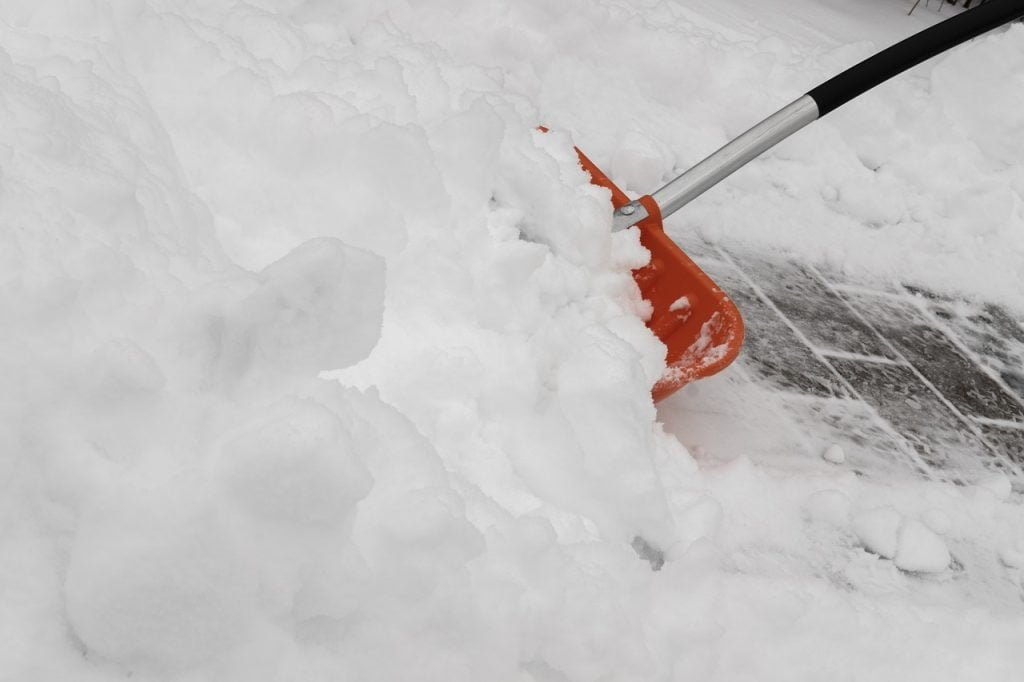
Even though it can feel frustrating to turn around and see the path you just shoveled already covered in snow again, you’re saving yourself a lot of energy. Doing lighter work in several stages is safer and more efficient than doing a heavy project all at once.
Take Breaks
One of the most important things to remember is to take periodic breaks. The snow’s not going anywhere (at least until spring) and it will be there when you come back. Your body, on the other hand, needs time to recuperate.
Never shovel for more than 20 to 30 minutes at a time. After that, take 5 or 10 minutes to rest.
Even within shovel sessions, pause to stretch. You can relieve a lot of tightness in your back with a simple exercise. Place your hands on your hips and simply lean back. This will help counterattack the tightness from leaning forward all the time while using your snow shovel.
Stay Hydrated
Keeping hydrated may be something you think of more for the hot weather. In the winter, you may not realize how much bodily fluid you’re losing. It’s important to keep yourself hydrated at all times.
Caffeinated beverages are never the best for hydration, no matter how tempting a cup of coffee might be. Water is always the best option.
Be Self-Aware
Above all else, pay attention to your body. Take a break when you need it. Don’t force yourself to work through pain. Some soreness is to be expected but never overdo it.
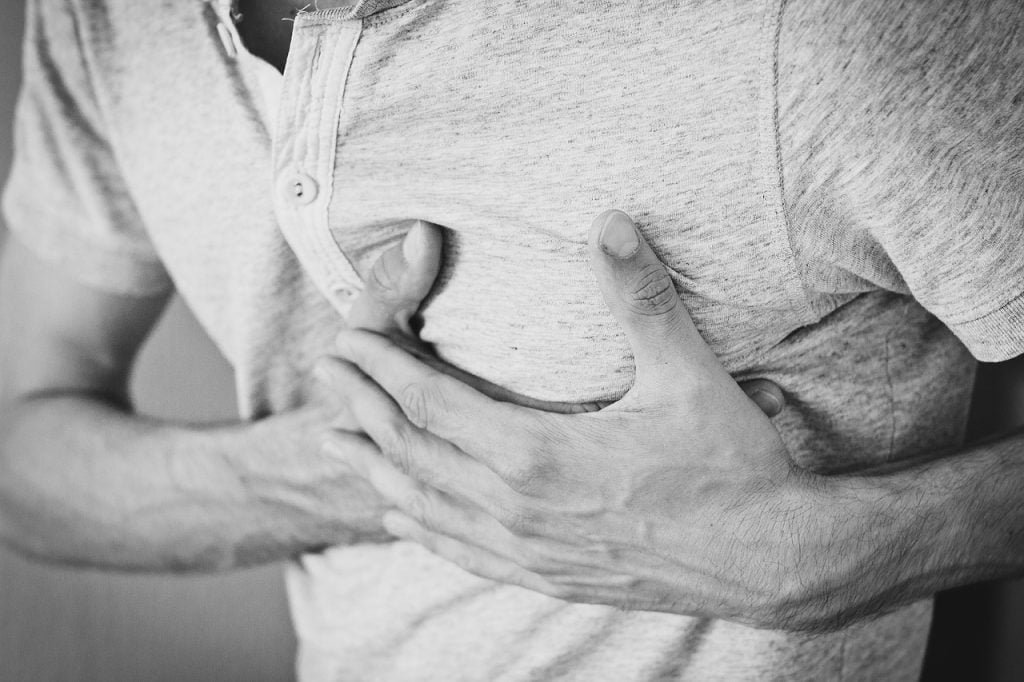
Know the symptoms of more serious problems, especially a heart attack. If you experience these symptoms, call 911 immediately.
Conclusion
It’s great to watch the snow falling, but cleaning up after it is a pain. However, you can cut down on the pain you feel afterward. To protect your health, it’s important to take the proper steps. By using a good shovel, dressing appropriately, and not overexerting yourself, you can help cut the chances of injuring yourself. It’s definitely worth the extra steps to help keep you in good shape!

